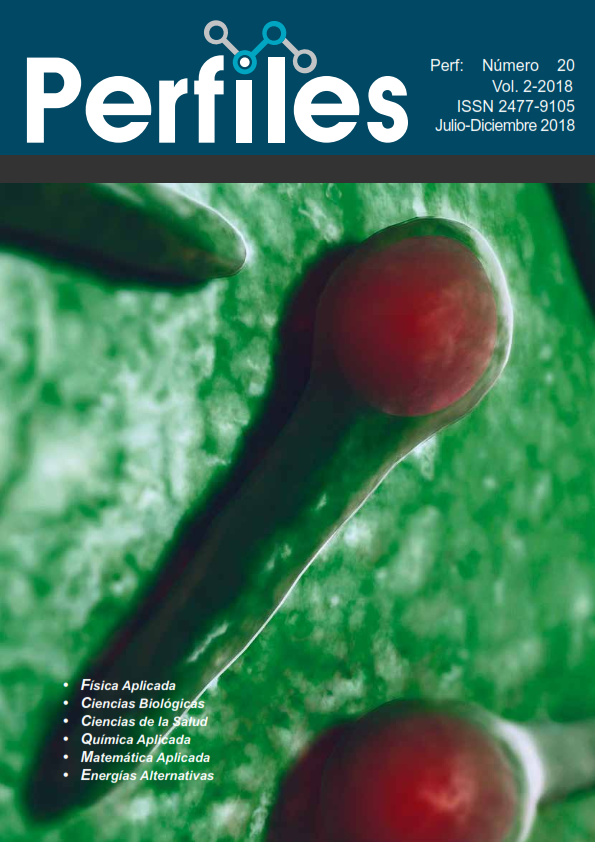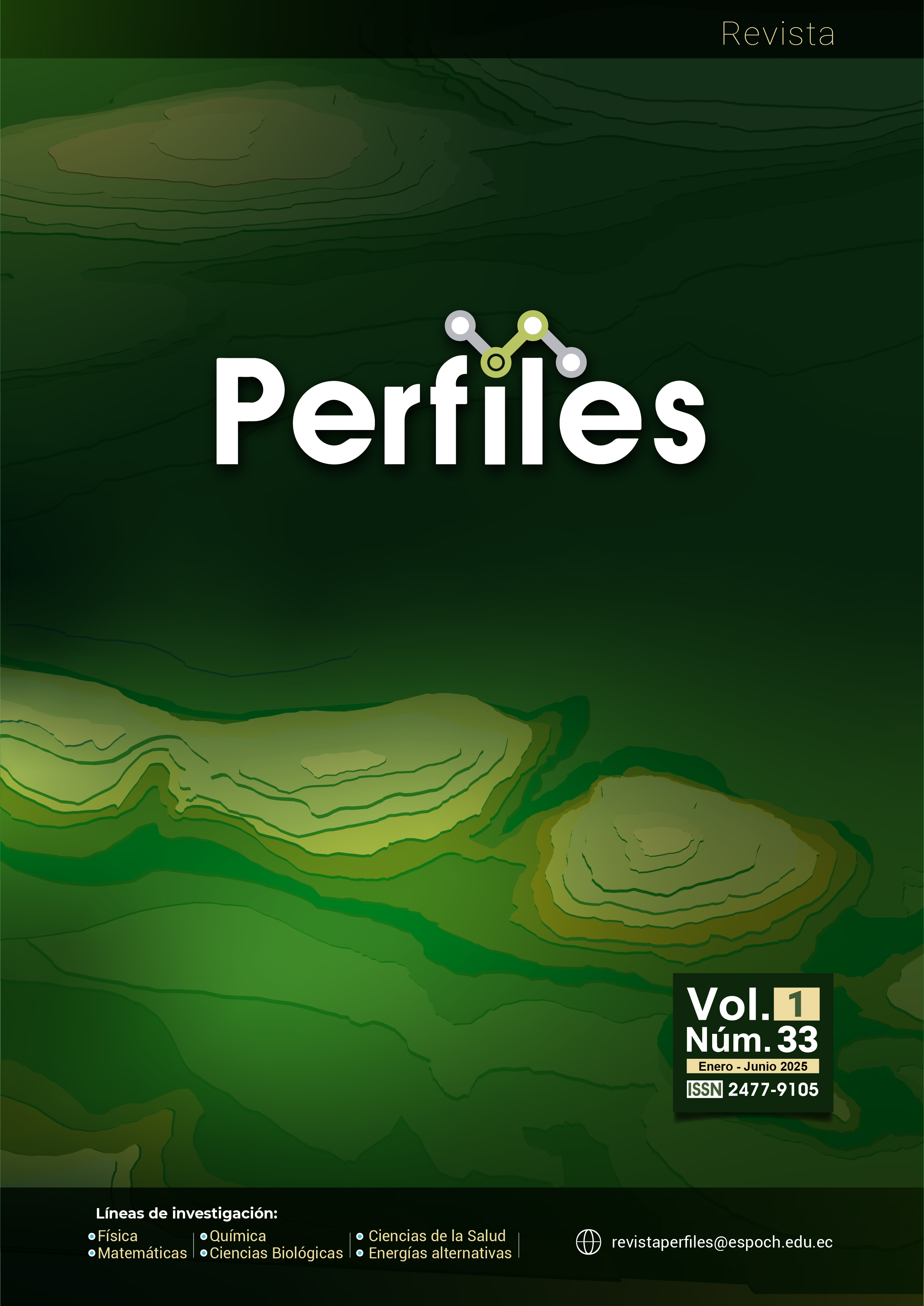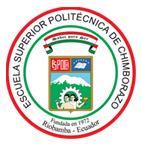TETANUS: A CLINICAL CASE REVIEW IN COTOPAXI ECUADOR
DOI:
https://doi.org/10.47187/perf.v2i20.35Keywords:
tetanus, clostridium tetani, anti-tetanospasmin, tetanus antitoxin, immunizationsAbstract
Tetanus is an acute, serious and life-threatening infectious disease that affects the nervous system. It is caused by a neurotoxin called tetanospasmin produced by the bacterium clostridium tetani. This infection is infrequent and is not contagious; but it still occasionally affects our population. The clinical case of a 65-year-old patient, who was admitted to the IESS General Hospital of Latacunga, province of Cotopaxi, due to a post-traumatic injury in the left leg and ten days later, she developed generalized tetanus, is presented. The patient was unaware of her history of childhood immuni zations and never received tetanus vaccine as an adult. Initially the patient exhibited with dysphagia and trismus and 24 hours later it evolved with an increase in generalized muscle tone and respiratory muscle compromise, so she was admitted to the intensive care unit where she remained for six weeks. She was given antitetanus immunoglobulin, tetanus antitoxin, antibiotic therapy, muscle relaxants and supportive treatment. The superinfected wound required skin graft after which it achie ved full recovery. Regarding this case, a brief update of the literature about this unusual pathology was made, due to the systematic immunization included in the national immunization strategy, which has a fatality rate around 30%.
Downloads
References
Enany S. Structural and functional analysis of hypothetical and conserved proteins of clostridium tetani. Journal of infection and public Health. Elsevier (2014) 7, 296—307. https://doi.org/10.1016/j. jiph.2014.02.002
Armijo J, Soto Aguilar F, Brito C. Tétanos generalizado: caso clínico y revisión del tema, gene- ralized tetanus: clinical case report and review of the literature. Rev chil neuropsiquiatría 2012; 50 (4): 229-233 https://scielo.conicyt.cl/scielo.php?script=sci_arttext&pid=s0717-92272
González G, Leiva J, Rubio M. Tétanos y botulismo. Medicine. 2018; 12(51):3000-9. https://doi. org/10.1016/j.med.2018.03.002
Ministerio de Salud Pública. Evaluación de la Estrategia nacional de inmunizaciones. Ecuador. 2017
SIVE – ALERTA notificación grupal .Subsecretaria de Vigilancia de la Salud Pública. Dirección Nacional de vigilancia Epidemiológica. Ministerio de Salud Pública. Gaceta epidemiológica semanal nª52.2017.
Vermesse M, Bernard L. Tétanos. EMC. Tratado de Medicina. Volumen 20 n◦1 marzo 2016.ht- tps:// doi.org/10.1016/s1636-5410(16)76380-x
Aquino Godim F. Tetanus. Facultad de Medicina Christus, fortaleza, brazil. 2014 Elsevier. Volu- men 4, pp 498–499.
Brook I. Principles And Practice Of Pediatric Infectious Diseases (Fifth Edition) 2018, pages 99 clostridium tetani (tetanus). https://doi.org/10.1016/b978-0-323-40181-4.00188-2
Hassel B. Tetanus: Pathophysiology, treatment, and the possibility of using botulinum toxin against tetanus-induced rigidity and spasms. Toxins 2013, 5, 73-83. Doi:10.3390/toxins5010073. https://www.ncbi.nlm.nih.gov/pubmed/23299659
Duque Sierra l, Sánchez Gómez DC. Tétanos: desde la prevención primaria hasta el diagnóstico temprano y tratamiento oportuno ante desastres. Rev cEs salud pública 2012; 3(2): 219-231 http:// revistas.ces.edu.co/index.php/ces_salud_publica/article/view/2234
Duarte Mote J, González Vargas A, Salvador Díaz DR. Rubio J. Tétanos, experiencia de 10 años en una unidad de cuidados intensivos de un Hospital general. Reporte de 3 casos. Volúmen XVIII, núm. 5 / sep.-oct. 2004pp 160-165
Díez Rodríguez M, C. González Maldonado, G. González Fernández C. Alonso P, Escriba- no Romoa. El Tétanos Madrid. Médico del trabajo. SEMERGEN. 2005; 31(6):259-6. https://doi. org/10.1016/s1138-3593(05)72925-7
Esquema de inmunizaciones, ministerio de salud pública. Ecuador. 2016.
Downloads
Published
How to Cite
Issue
Section
License

This work is licensed under a Creative Commons Attribution-NonCommercial 4.0 International License.


























